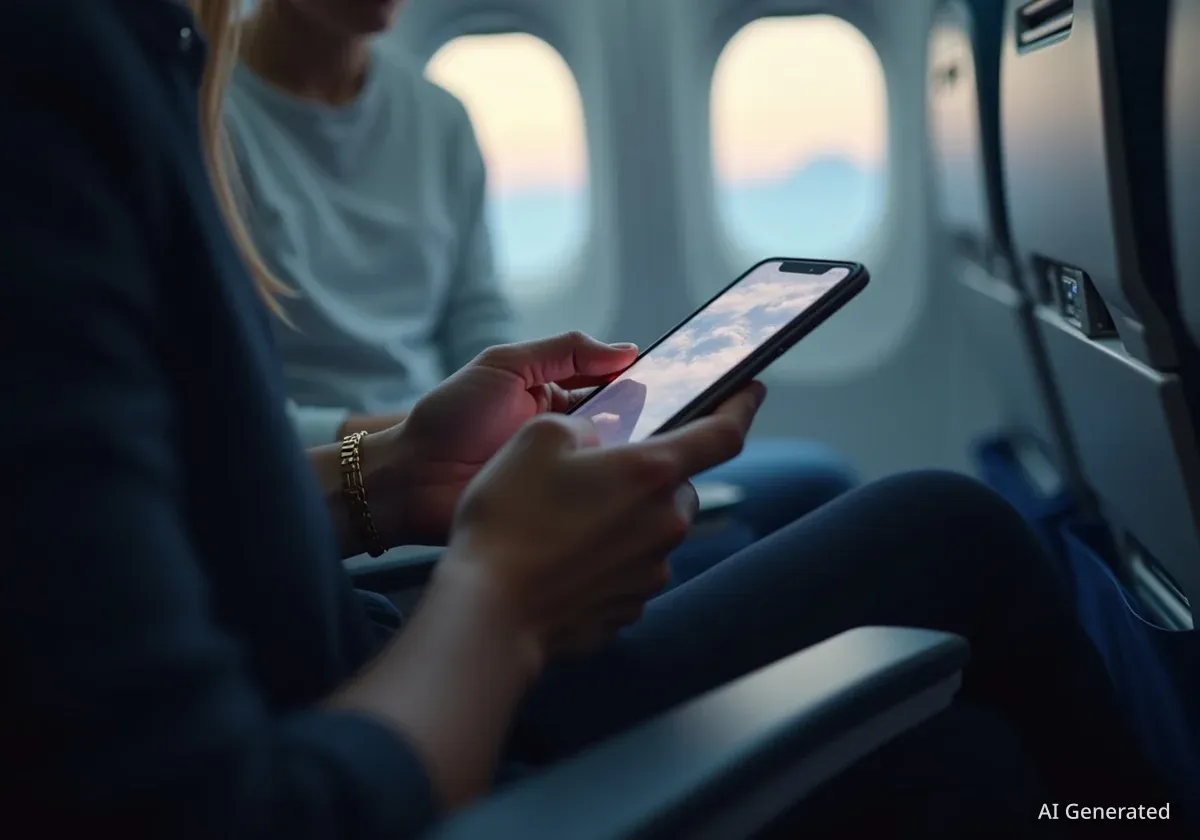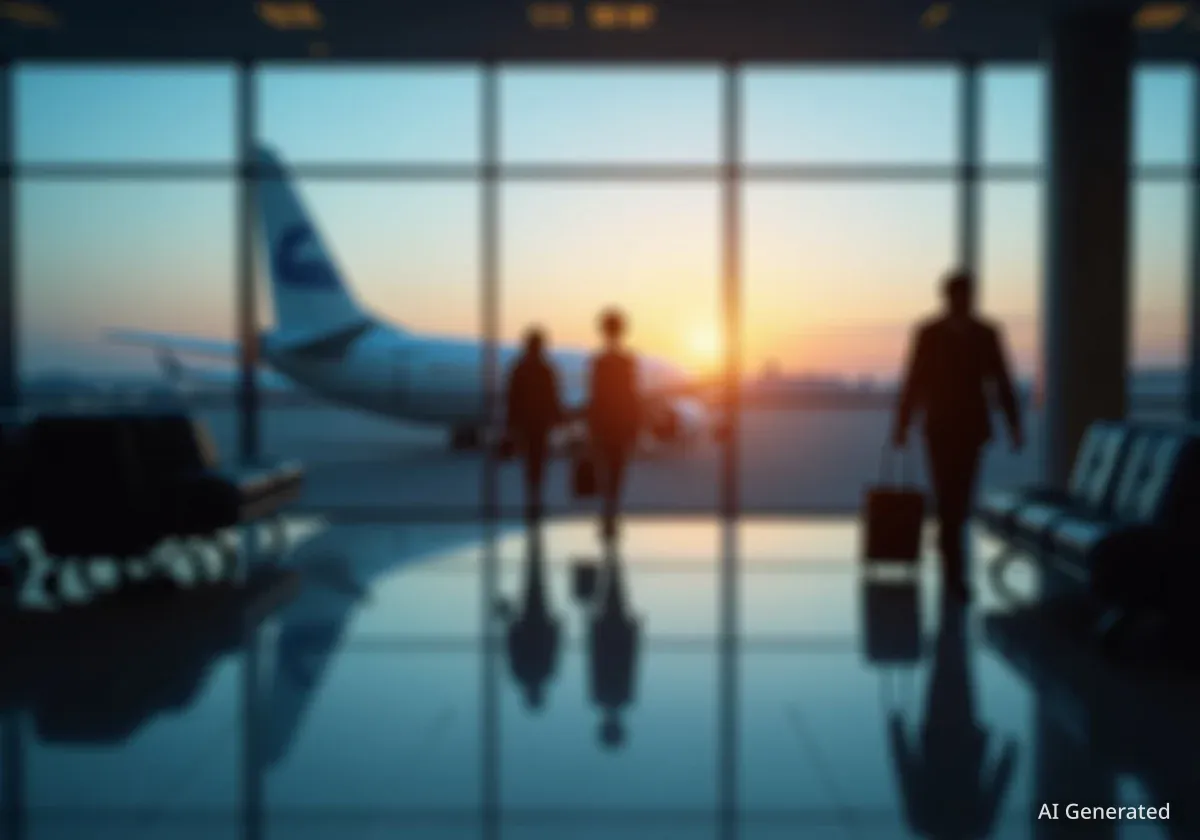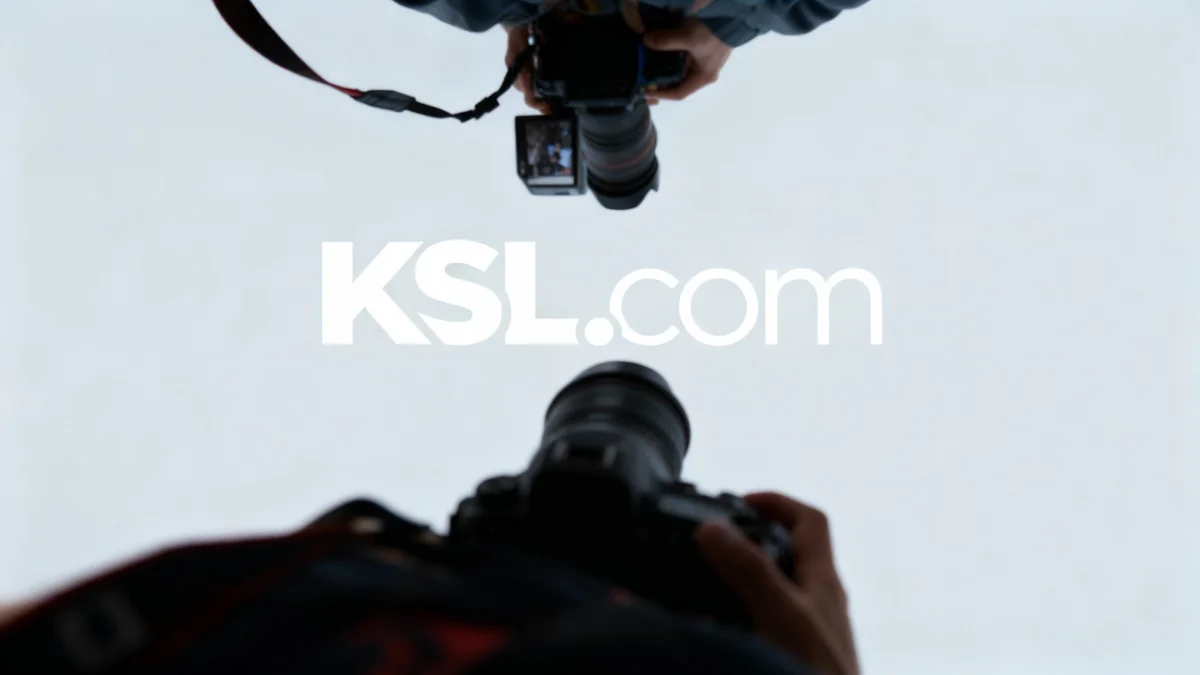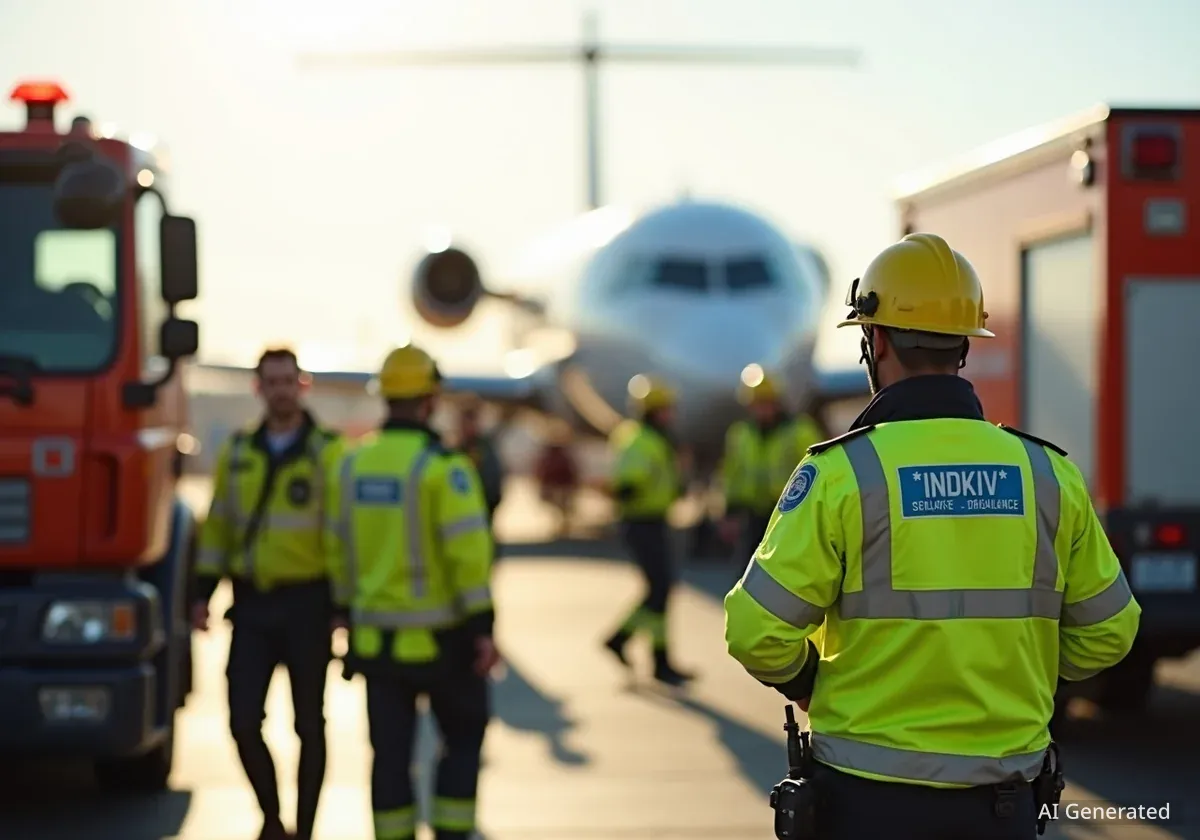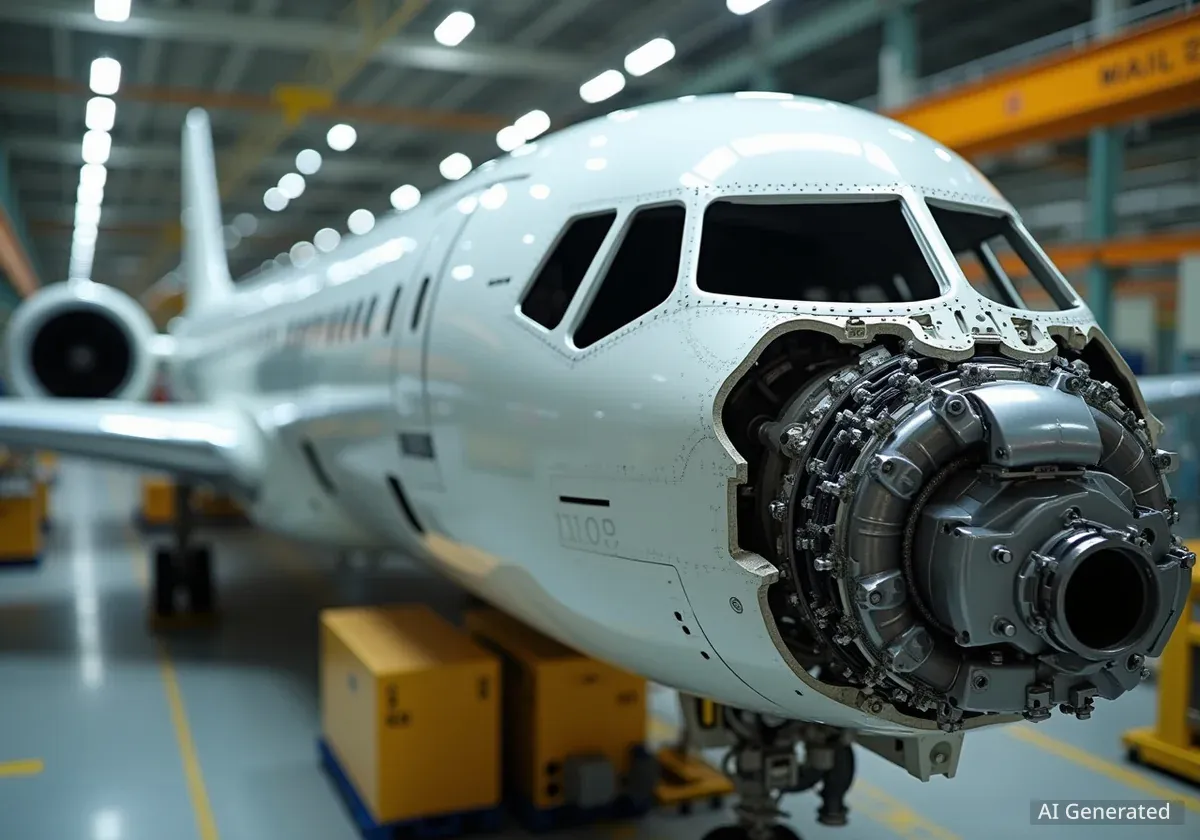A significant shift is underway in the airline industry as major U.S. carriers increasingly offer complimentary inflight Wi-Fi. This change, which makes fast internet access available at 35,000 feet, marks a departure from historical trends of adding fees and aims to enhance passenger loyalty and connectivity.
Key Takeaways
- Six largest U.S. airlines are introducing or planning free Wi-Fi.
- Delta Air Lines led the recent push, requiring a SkyMiles account for access.
- New satellite technology is making inflight internet faster and more reliable.
- The move is seen as a way for airlines to boost loyalty program memberships.
The Rise of Free Inflight Connectivity
For many years, accessing the internet on an airplane was a costly and often frustrating experience. Passengers might pay $20 or more for slow, unreliable connections. However, the situation has changed significantly. Today, major airlines are recognizing the demand for constant connectivity.
Last month, Southwest Airlines announced its plans to make onboard internet free. This announcement marked a milestone. All six of the largest U.S. airlines have either launched free Wi-Fi, are deploying it, or have stated intentions to remove fees soon.
Inflight Wi-Fi Evolution
- 10 years ago: Email download was a novelty.
- 5 years ago: Connections were often faulty and expensive.
- Today: Faster, more affordable, and increasingly free.
This development comes as a welcome surprise for many travelers. Historically, the airline industry has moved towards more fees for services like baggage and seat selection. The shift to free Wi-Fi indicates a new competitive landscape.
Airlines Compete for Passenger Loyalty
Airlines are now competing for passenger loyalty by offering free internet. Passengers expect 24-hour connectivity in their daily lives, and this expectation extends to air travel. Free internet is quickly becoming a standard expectation.
"I think it's table stakes, at this point, or it will be. It's important," said Greg Anderson, CEO of budget carrier Allegiant Air. Allegiant Air is considering adding Wi-Fi to its services.
JetBlue first introduced complimentary Wi-Fi with its "FlyFi" service in 2013. However, the broader industry adoption began more recently. Delta Air Lines played a key role in accelerating this trend.
Delta's Strategy for Loyalty
Delta Air Lines announced plans to upgrade its Wi-Fi service and make it complimentary. A key requirement for access was that travelers needed a Delta SkyMiles loyalty account. This strategy proved successful, bringing in millions of new members, according to Delta CEO Ed Bastian. Loyalty programs are crucial for airline revenues.
Other carriers quickly noticed Delta's success. In May, United Airlines began rolling out Starlink Wi-Fi on its aircraft, offering free access to United MileagePlus members. This move directly mirrors Delta's approach to link free Wi-Fi with loyalty program membership.
In August, Alaska Airlines announced plans to install Starlink on its jets. This will match its merger partner, Hawaiian Airlines, which already offers free Starlink. Alaska Airlines will also offer complimentary access to members of its new Atmos Rewards program.
American Airlines AAdvantage members will gain free access to the carrier's Wi-Fi service starting in January. Southwest Airlines, which currently charges $8 for Wi-Fi, will eliminate these fees for all Southwest Rapid Rewards members beginning October 24.
Faster Speeds and Improved Technology
To meet the increased demand for data, most airlines have invested in upgrading their Wi-Fi technology. More users accessing a free service require significantly more bandwidth. These technological improvements have been transformative for frequent travelers.
Enhanced Inflight Activities
- Streaming music and videos.
- Filing professional reports.
- Participating in online meetings.
The connections are becoming noticeably faster. Some airlines are now using new, lower-altitude satellite constellations. These satellites orbit closer to Earth, creating a browsing experience similar to being on the ground.
"You feel like you're sitting in your office or your living room. But you're at 35,000 feet," said Reza Rasoulian, senior vice president and general manager at Wi-Fi provider Hughes. Hughes is working with Delta to improve its regional jet connectivity.
While not every flight has the latest technology, and occasional glitches still occur, the overall experience has improved greatly. Travelers who had poor experiences with inflight internet years ago are encouraged to try it again, especially now that it is often free.
The improvements are a long-awaited change for many. As Rasoulian noted, "It doesn't have to be bad. It's just a long time coming."
Future of Free Inflight Wi-Fi
Some travelers may wonder if the era of free inflight internet will last. It is possible that airlines could eventually limit complimentary access. This might include restricting it to elite status members, credit card holders, or requiring a fee for basic economy tickets.
However, in 2025, airlines view free Wi-Fi as a strategic tool. It helps them expand their highly profitable loyalty programs. These programs are a significant source of revenue for carriers.
For now, passengers can enjoy the benefits of working from anywhere or streaming entertainment during their flights. The traditional excuse of being unreachable due to a flight may soon become obsolete.
Current Airline Wi-Fi Status
Here is a summary of the Wi-Fi status for major U.S. airlines:
- American Airlines: Free Wi-Fi for AAdvantage members starts January 2026.
- Delta Air Lines: Free Wi-Fi rollout for SkyMiles members is ongoing; some flights still have fees.
- United Airlines: Starlink is free for MileagePlus members on half of regional jets; mainline installation is pending. Most flights still have $8 fees.
- Southwest Airlines: Free access for Rapid Rewards members begins October 24.
- Alaska Airlines: Starlink installations begin later this year; fees apply for now.
- Hawaiian Airlines: Free Starlink is available on Airbus jets and coming to Boeing 787 Dreamliners.
- JetBlue: Free service on all flights; an upgrade to new Amazon service is planned.
- Spirit Airlines: Wi-Fi available for a fee.
- Frontier Airlines: No Wi-Fi offered.
- Allegiant Air: No Wi-Fi offered.
This shift reflects a broader trend in consumer expectations. As technology advances and data consumption increases, airlines are adapting to provide the seamless connectivity that modern travelers demand. This evolution benefits passengers by making travel more productive and enjoyable.

